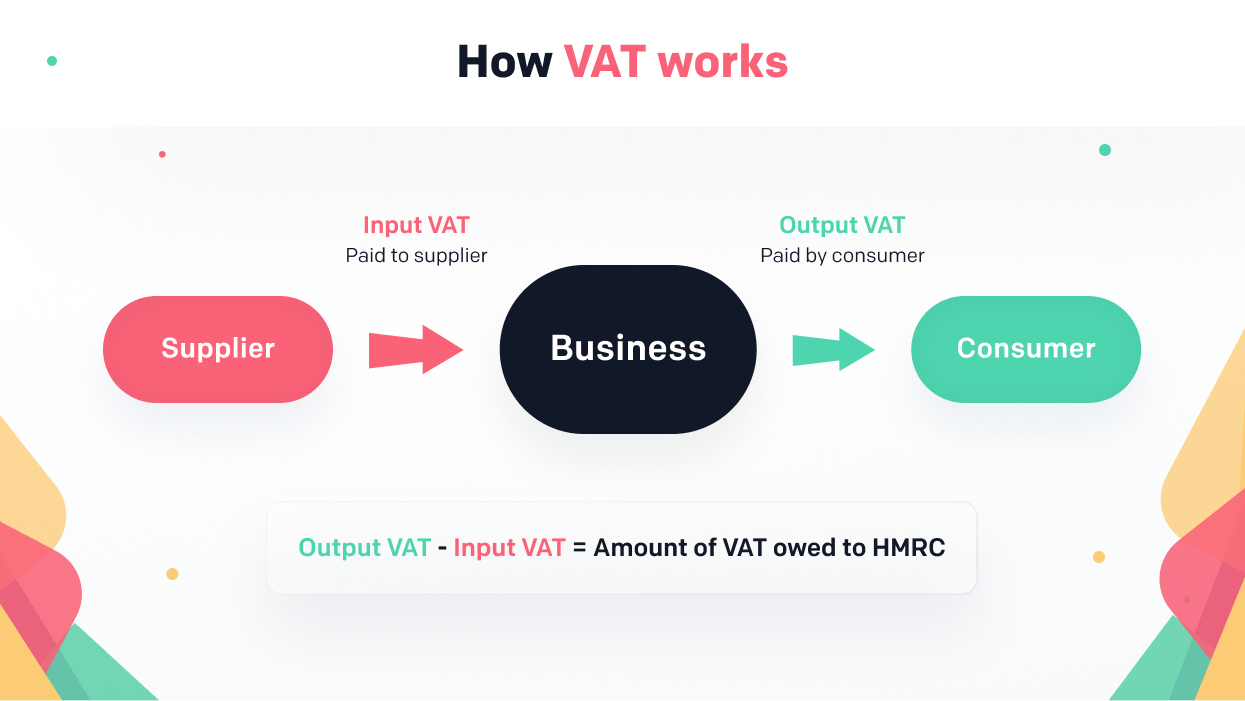
How to register a limited company
June 28, 2021How to register a limited company
How do I start a limited company?
Directors
Shareholders
Company name
Company addresses
Incorporation documents
Memorandum of association
Articles of association
What are articles of association?
How does a new business adopt Articles?
Certificate of Incorporation
How much does it cost to register a limited company?
Is it worth registering as a limited company?
How are limited companies taxed?

Are limited companies VAT registered?






